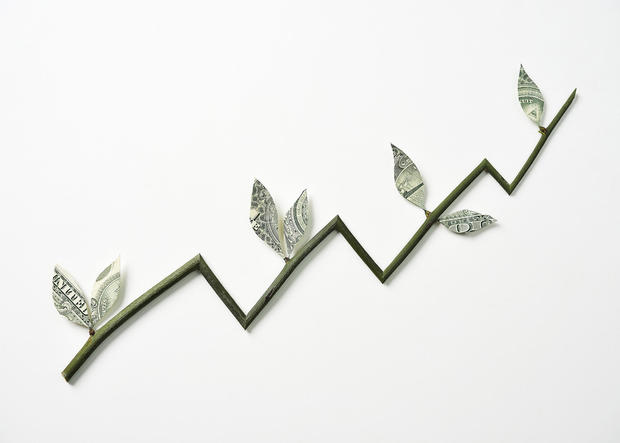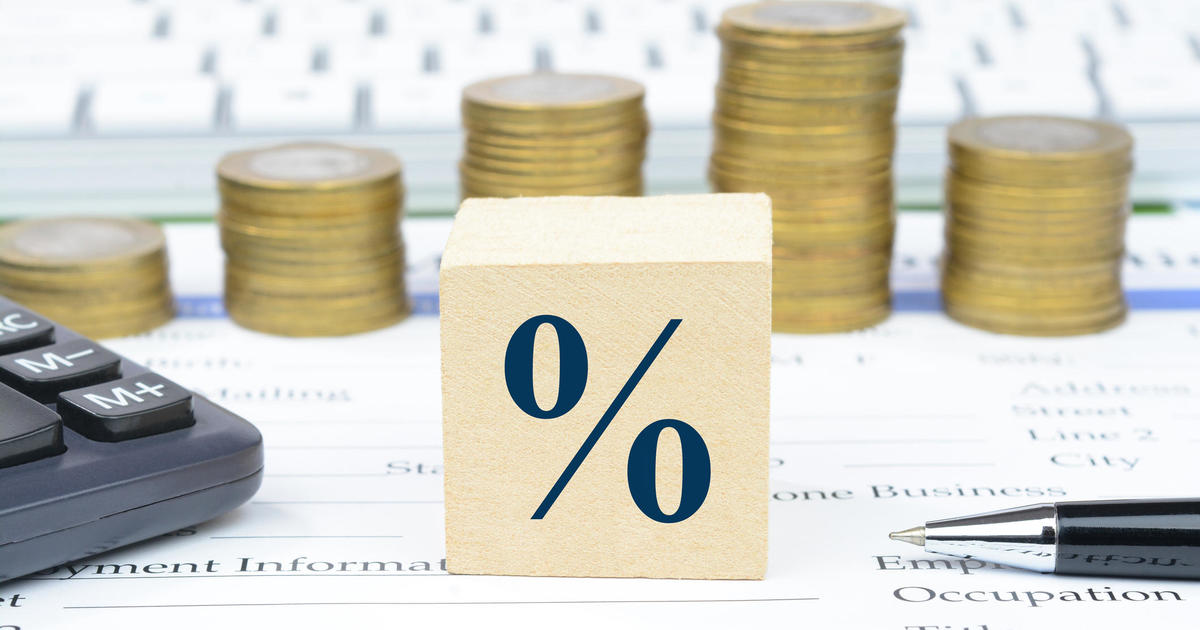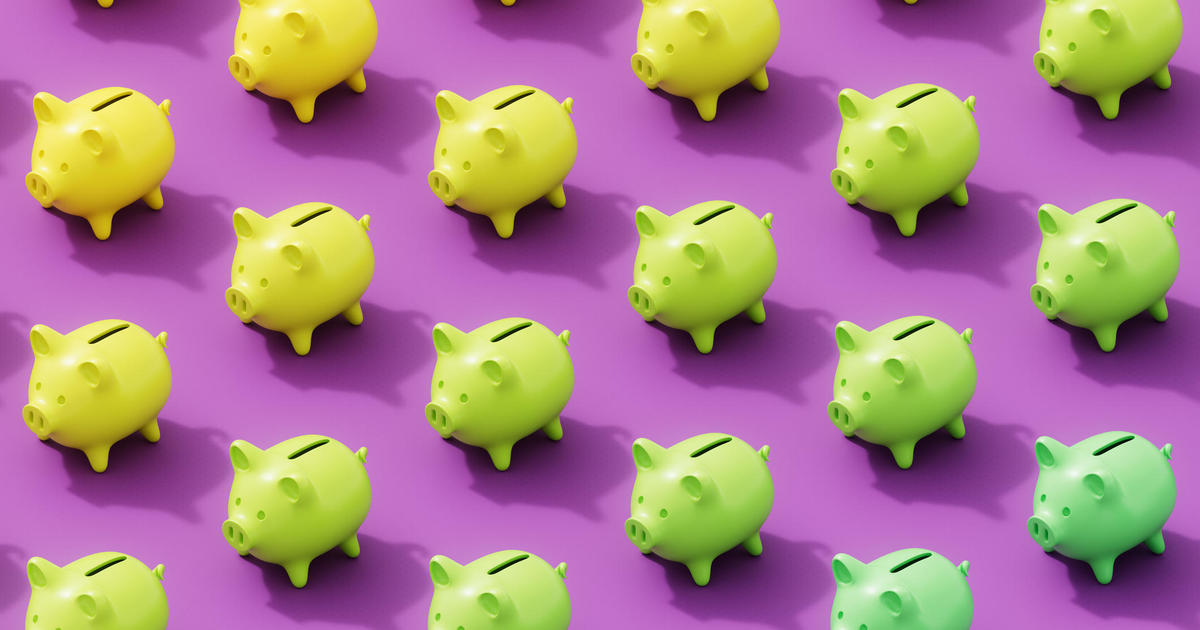3 things to do if interest rate cuts are delayed, according to experts
A funny thing happened after the Federal Reserve's December meeting, in which the agency indicated it could cut interest rates several times in 2024. Since that time, inflation has remained stubborn, dipping slightly in January, before ticking upward in February and March to a 3.5% year-over-year inflation rate.
Now, borrowers looking forward to reduced interest rates may have to wait before any anticipated rate cuts occur. But while borrowers may exhale in frustration, savers may sigh in relief. The longer interest rates remain elevated, the longer savers may earn higher yields.
Of course, no one knows with certainty which way interest rates will go over time. For now, though, there are some favorable options to save and grow your money, namely in terms of high-interest deposit accounts and bonds.
Compare your top savings options online and start earning today.
3 things to do if interest rate cuts are delayed, according to experts
Here are three things you may want to do if rate cuts are put on hold for now:
Open a certificate of deposit
A certificate of deposit (CD) account offers the promise of a high, fixed rate in exchange for locking your money in the CD for a specific period. As of April 2024, several of the best CD accounts offer rates over 5%.
CD terms typically range from one month to five years or longer. If you suspect you might need to access the funds soon, remember that you could incur an early withdrawal penalty if you pull your funds before the CD matures. As such, you might consider a no-penalty CD or follow a CD ladder strategy to have access to your funds in specific intervals.
"With CD and bond rates starting to drop down slowly, locking in longer-term rates or creating a CD ladder will benefit savers over the next few years," says Stephen Kates, CFP and principal financial analyst at Annuity.org. "The yield curve is inverted, which means short-term interest rates are higher than long-term interest rates, but the long-term rates are still attractive. Over multiple years, even a slightly lower interest rate will offer a better return than having to reinvest [into] a six- to 12-month CD or bond at much lower interest rates in the future."
Find out what the top rates on your savings could be now.
Open a high-yield savings account
Like CDs, high-yield savings accounts (HYSAs) are federally insured up to $250,000 per account and offer higher yields than regular savings accounts. According to the FDIC, the average interest rate on a traditional high-yield savings account is currently 0.46%. However, you could earn a significantly higher rate with a high-yield savings account.
"Many online-only banks offer as much as 10 to 20 times the interest rates of major banks and include banking features to make deposits and withdrawals even easier," says Kates.
"Not only do high-yield savings accounts offer attractive interest rates, but they are fully liquid and accessible so investors can access their money without penalty," Ray Prospero, partner advisor at AdvicePeriod, adds.
Invest in U.S. T-bills
Treasury bills, or T-bills, are another option to earn high yields on your savings. And while the FDIC doesn't insure T-bills, they are backed by the U.S. Treasury Department. So if your savings exceed the $250,000 per account limit set by the FDIC, you might consider saving in T-bills.
T-bills are also time-locked and carry terms ranging from four weeks to one year. As of April 19, 2024, rates ranged from 4.91% to 5.28% for those terms and once the T-bill matures, you receive your earnings. T-bills are also an attractive option because you can easily buy them throughTreasuryDirect.gov. Additionally, you can buy or sell T-bills on the secondary market, such as through a bank, online brokerage or a dealer.
The bottom line
While the Federal Reserve keeps interest rates high, savings options may continue to be favorable. If your money is parked in a traditional savings account earning less than 1%, consider opening a high-yield savings account, CD account or Treasury bills with rates of around 5% or greater.
While you're at it, avoid the temptation to take on high-interest credit card and loan debt, as the interest charges could outweigh the potential savings rates you might earn. Unless you need to use credit to cover an emergency or large unexpected expense, it's probably not a good idea to potentially pay over 21% in credit card interest, or 12% for a personal loan, the current national averages according to the Federal Reserve. Doing so would offset any gains you're earning with deposit accounts or bonds, even at elevated rates.




